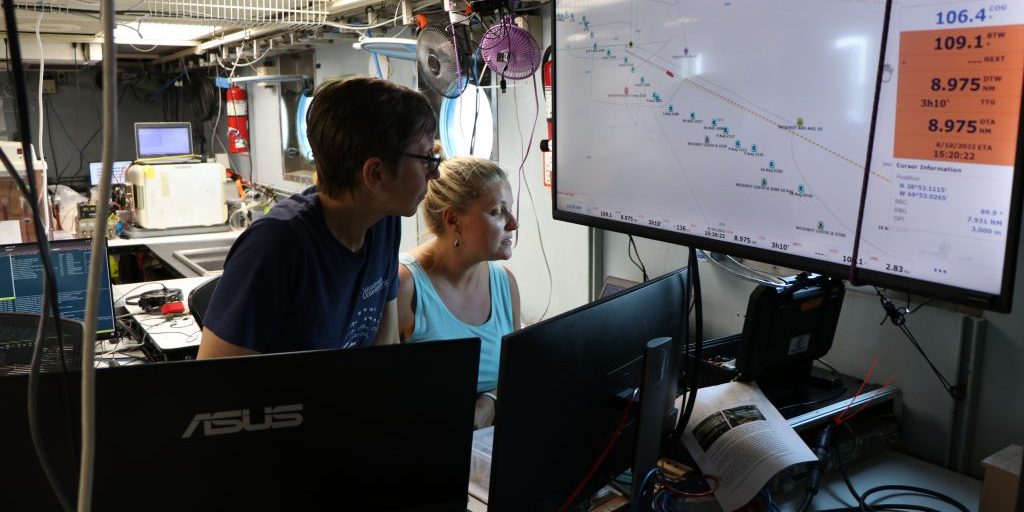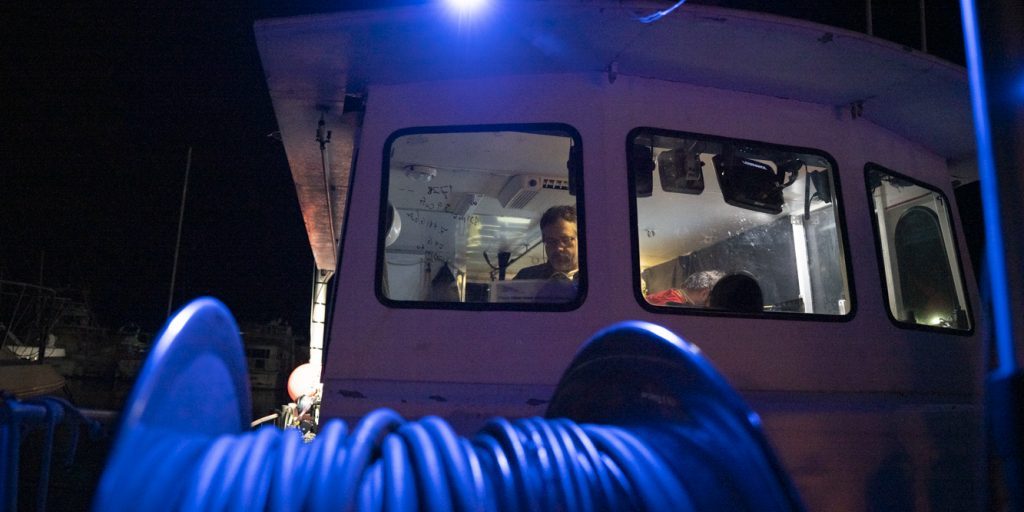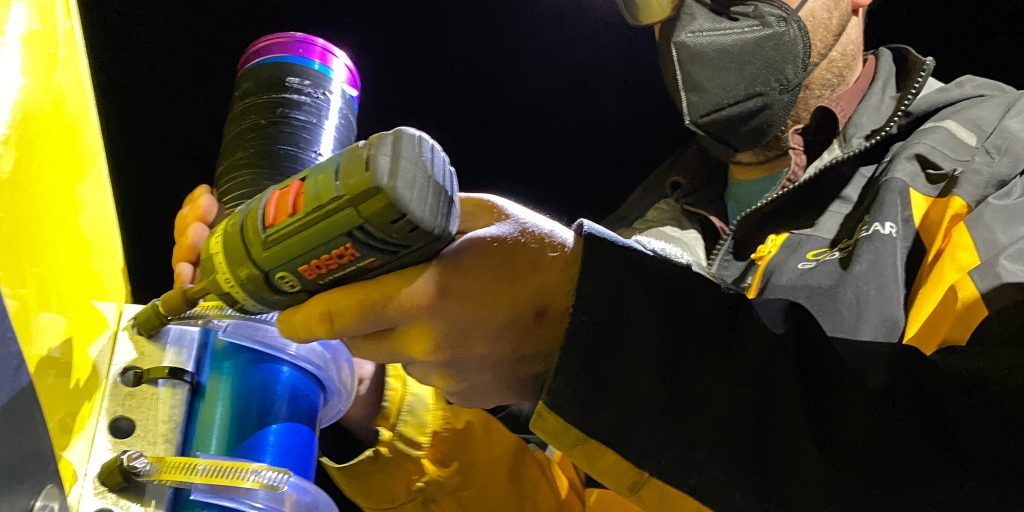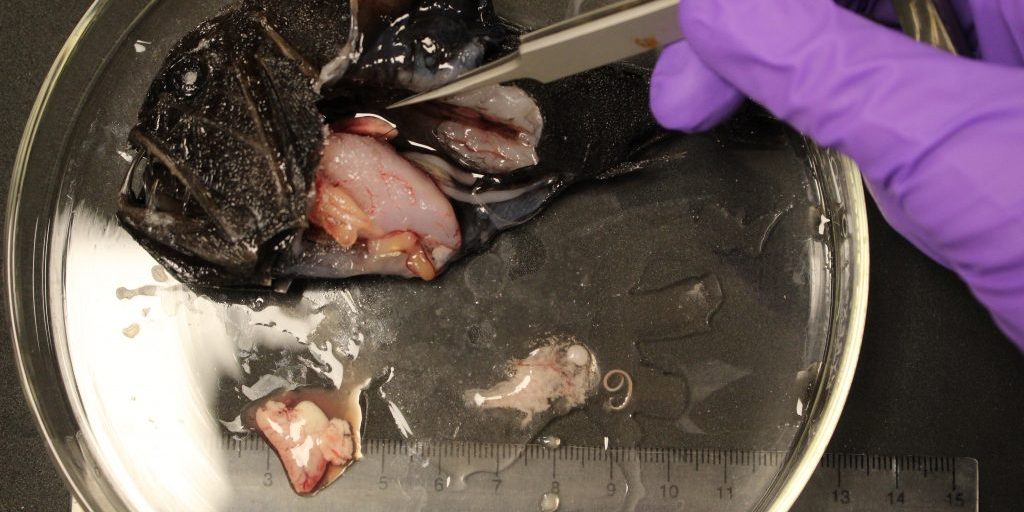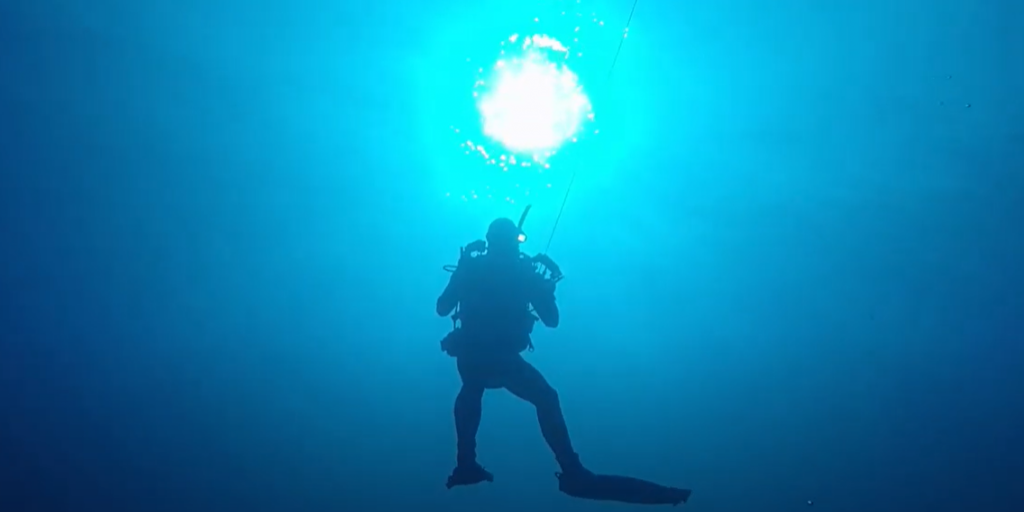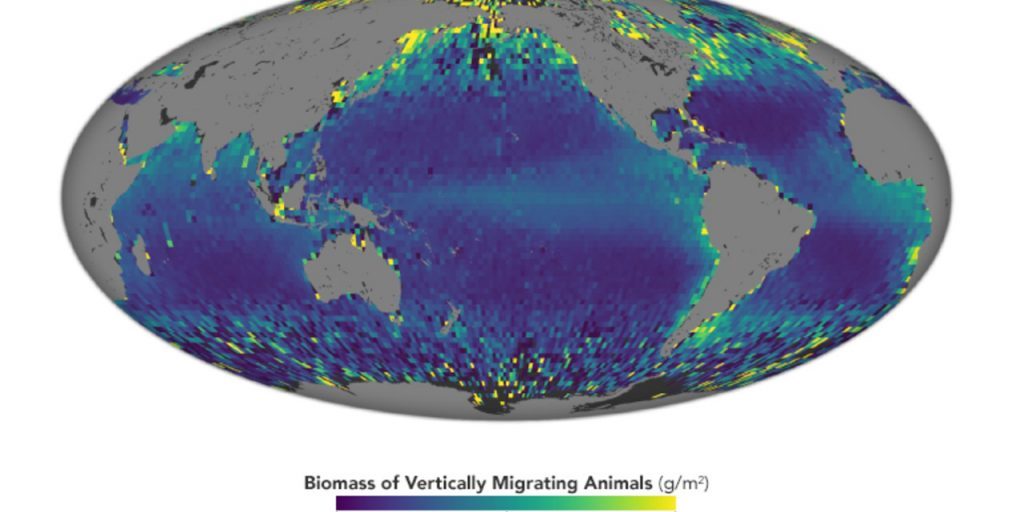Migration in the Ocean Twilight Zone
Why does vertical migration from the ocean twilight zone occur?
There are a number of possible reasons for vertical migration. One explanation is that it helps animals living in the twilight zone avoid predators, which can hunt by seeing the faint outline of their prey above them. Traveling into shallower water to feed during daytime might be dangerous for many species, by moving at night, they may be able to avoid being spotted. Another possible reason for this mass vertical migration is that it may help animals conserve energy by feeding in the warm surface waters at night and residing in the cooler deep waters during the day. Alternately, organisms feeding on the bottom in cold water during the day may migrate to surface waters at night in order to digest their meal at warmer temperatures.







